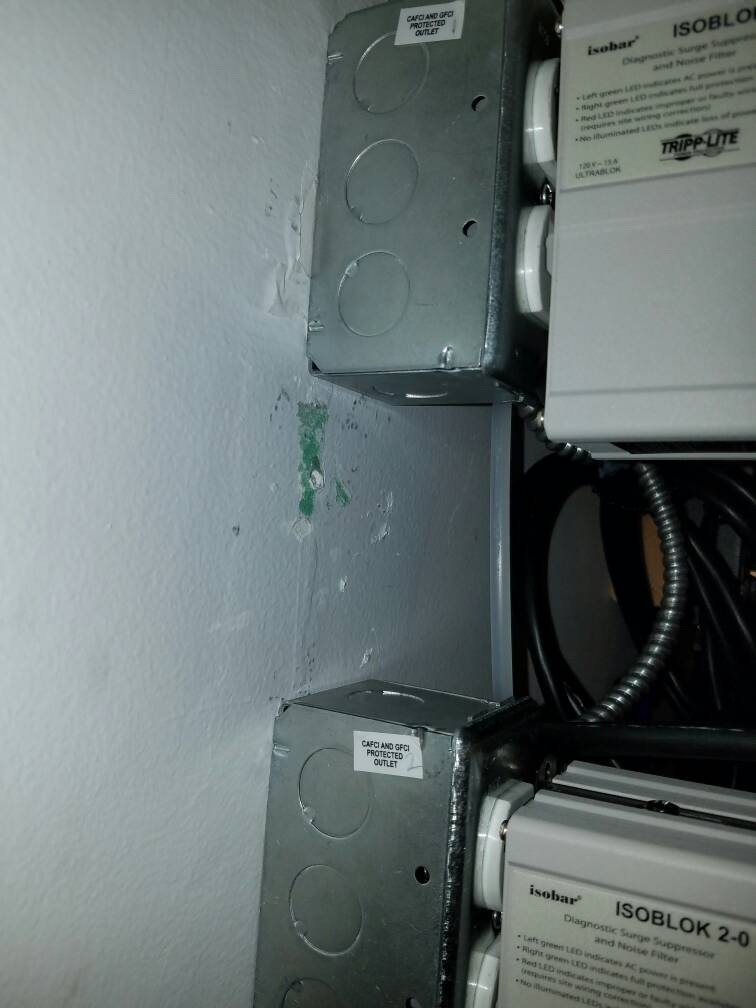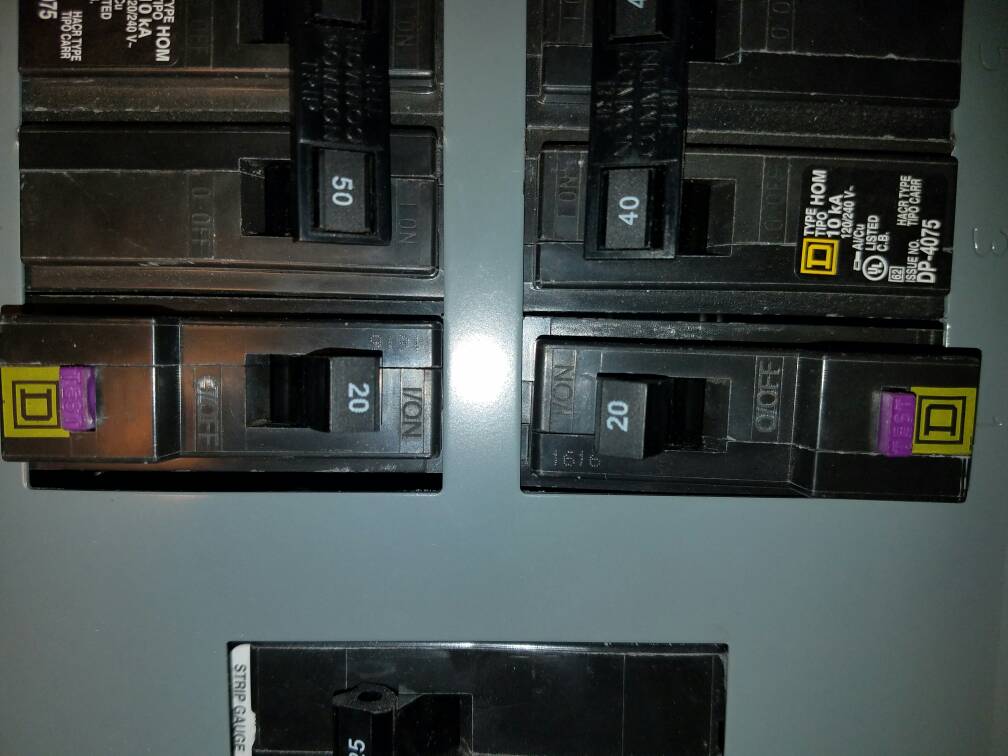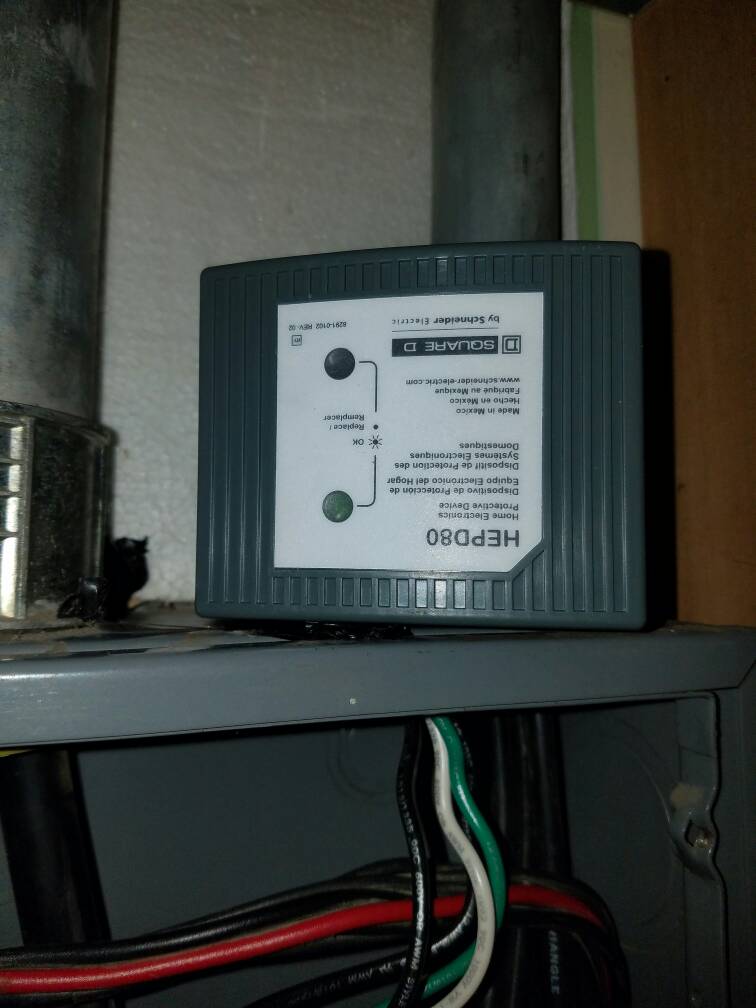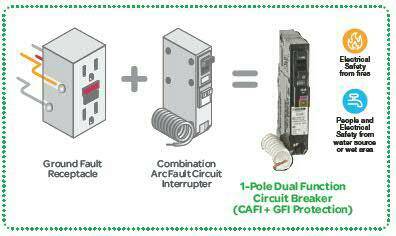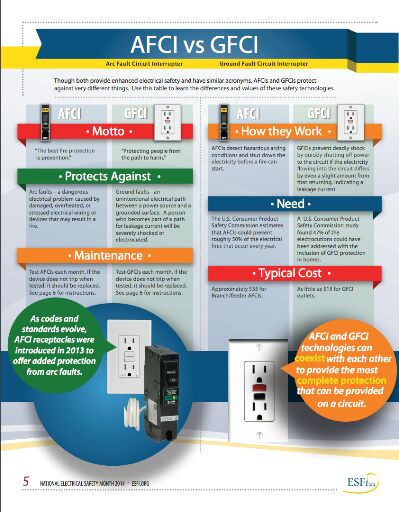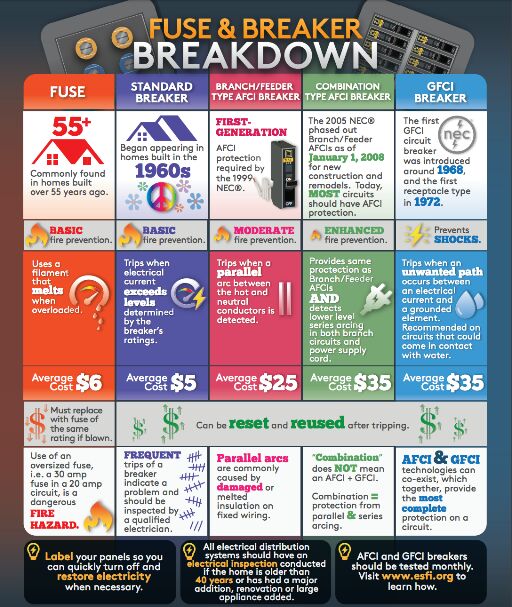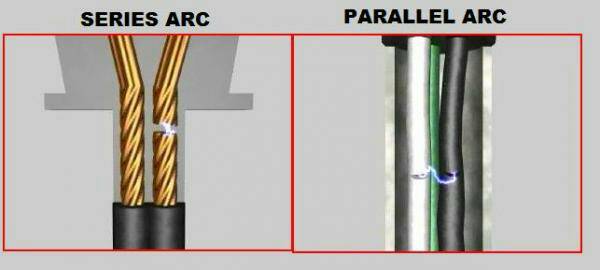Not point blank no, pretty much just got the "it doesn't work because that outlet is one" response and didn't want to sound like an idiot. I do recall him saying it should work as one but I wasn't exactly clear how so that combined with this post makes me feel like it is downstream and will act as one.
Thanks
You can wire GFCI outlets down stream in a circuit but remember that if the load side of the outlet is used to feed the other outlets down stream then the first outlet that trips will kill all power to the remaining down stream outlets in the circuit. If you wire to the line side of the outlet on all of the down stream outlets then each one will be a stand alone and not trip down stream. If wired correctly the tank outlet should work no matter how it was wired upstream. push the test button on the tank outlet and it should trip. If it doesnt then you need to find another electrician because he hooked up the wire on the load side of the outlet at the tank. If you push the test button on the upstream outlet then both outlets should be dead.










